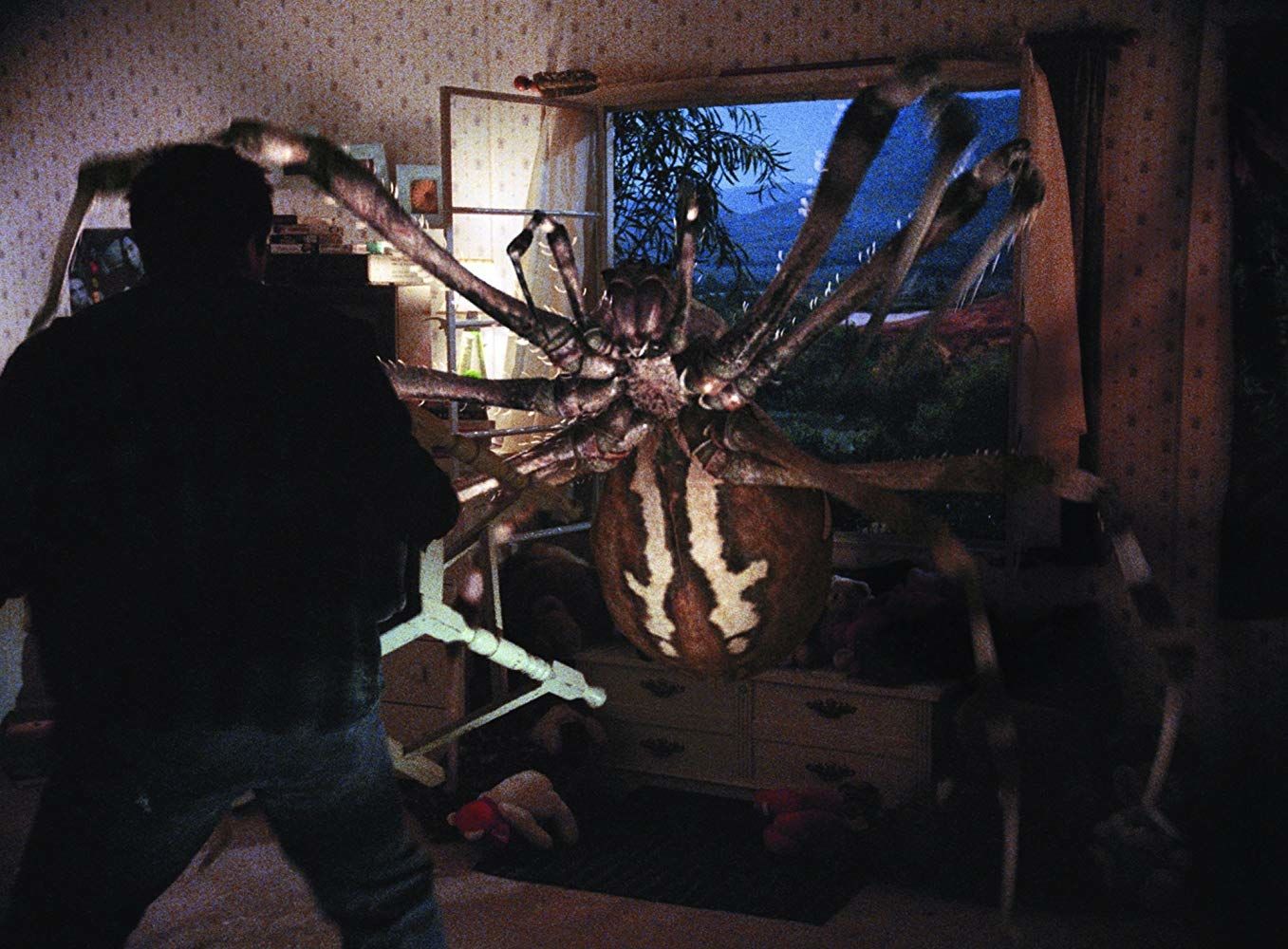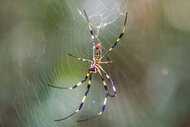Create a free profile to get unlimited access to exclusive videos, sweepstakes, and more!
The all-new arachno-diet: Spider found eating full-grown bat outside Texas home

WARNING! The following story is not for individuals who suffer from acute arachnophobia! You've been warned!
Despite a bad rap, spiders are often hailed as nature's great regulators. They ensnare mosquitoes and flies in their webs, keeping those pesky insect species from ballooning out of control. Other times, they go full horror movie and snack on animals, particularly mammals and birds, much larger than themselves. If you ever come across such a tableau of terror outside your place of residence, you need to move and never return because your house now belongs to that flesh-hungry spider. At least that's how we'd handle the situation.
Annette Alaniz Guajardo of Poteet, Texas is, on the other hand, made of much stronger stuff. Upon stepping out of her home on Wednesday, she bore witness to a black and yellow garden spider enjoying a meal of fresh bat. No, not the baseball implement — the flying rodent that hunts at night via echo location. She reported the occurrence to her local ABC affiliate news station, WTVD.
Let that sink in for a second ... an eight-legged horror from beyond our comprehension (it sounds a bit like one of those acid-webbed spiders from Stephen King's The Mist) captured a sizable flying mammal and ate it for dinner. If only the bat's sonar had been able to detect the prototypical and "highly visible zigzagging, X-shaped pattern" web this species of spider usually spins. (Fun fact: This type of web is known as a "stabilimentum," and the prevailing theory posited for its unique design is that it allows birds to sense the webbing, so that they don't fly through and destroy the arachnid's home and main food trap.)
All doom-saying aside, it is normal for this type of arachnid to feast on bigger animals that get caught in their webs along with the usual insects like flies and bees. This intel was imparted to WTVD by Matt Bertone, an entomologist with the NCSU Plant Disease and Insect Clinic. More importantly, you'll be very relieved to know that the black and yellow garden spider — which is native to the U.S., Canada, and Mexico — is totally harmless to humans ... unless one gets doused in toxic chemicals (a la 2002's Eight Legged Freaks, pictured above), grows to an immense size, and starts craving even bigger prey.














